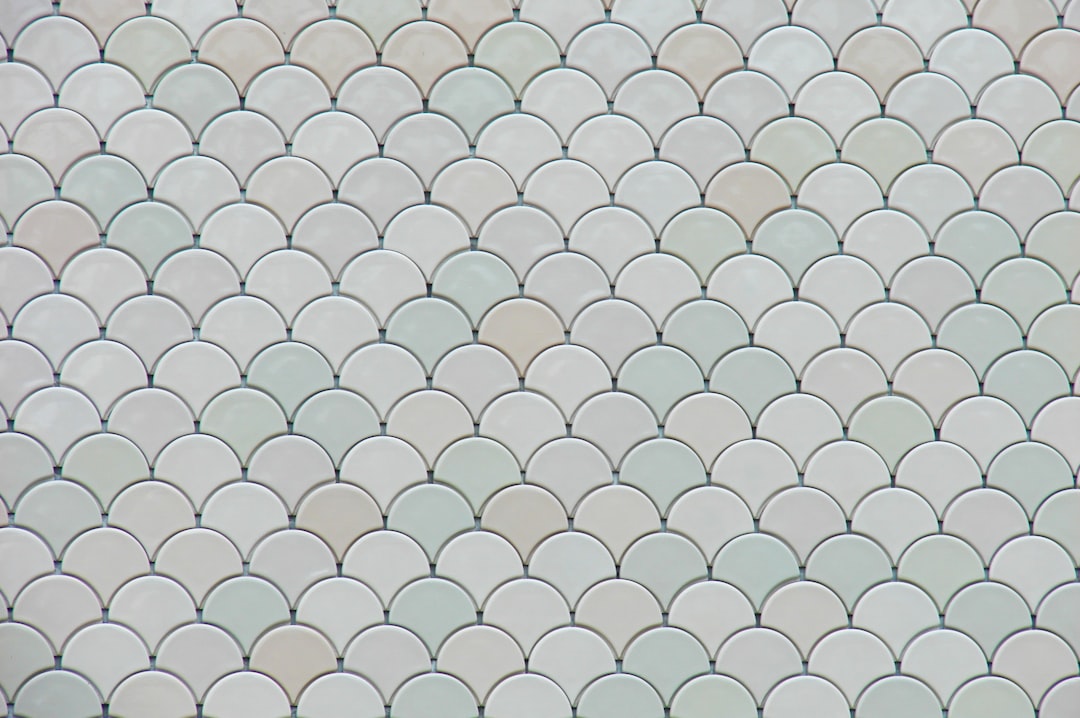What is it about?
The paper describes our efforts to find out why simple lithium halide models commonly used in chemical simulations often predict the incorrect crystal structure of lithium halide salts. We find that a quantum mechanical effect known as dispersion, caused by the dynamic correlation of electrons in neighboring atoms, is largely responsible for the cubic crystal structure of all four lithium halides. Without dispersion, we show that both LiBr and LiI would otherwise exist in a hexagonal crystal structure.
Featured Image

Photo by Daniele Levis Pelusi on Unsplash
Why is it important?
Understanding the shortcoming of models used in chemical simulation opens a path to improve these models for future work. From the knowledge gained in this work, we plan to create more suitable models for lithium halide nucleation research. The study of lithium halide nucleation, which appears not to be compatible with classical nucleation theory, is basic fundamental science that may have wide-ranging implications in fields from climate science, crystallography, and others.
Perspectives
The work presented here is the first author's first paper of his PhD. This paper was a learning experience for both authors, as we familiarized ourselves with the ins-and-outs of quantum theory applied to solids. The results turn out to be quite satisfying and sound. I hope you enjoy!
Hayden Scheiber
University of British Columbia
Read the Original
This page is a summary of: Analysis of the relative stability of lithium halide crystal structures: Density functional theory and classical models, The Journal of Chemical Physics, May 2021, American Institute of Physics,
DOI: 10.1063/5.0051453.
You can read the full text:
Contributors
The following have contributed to this page










